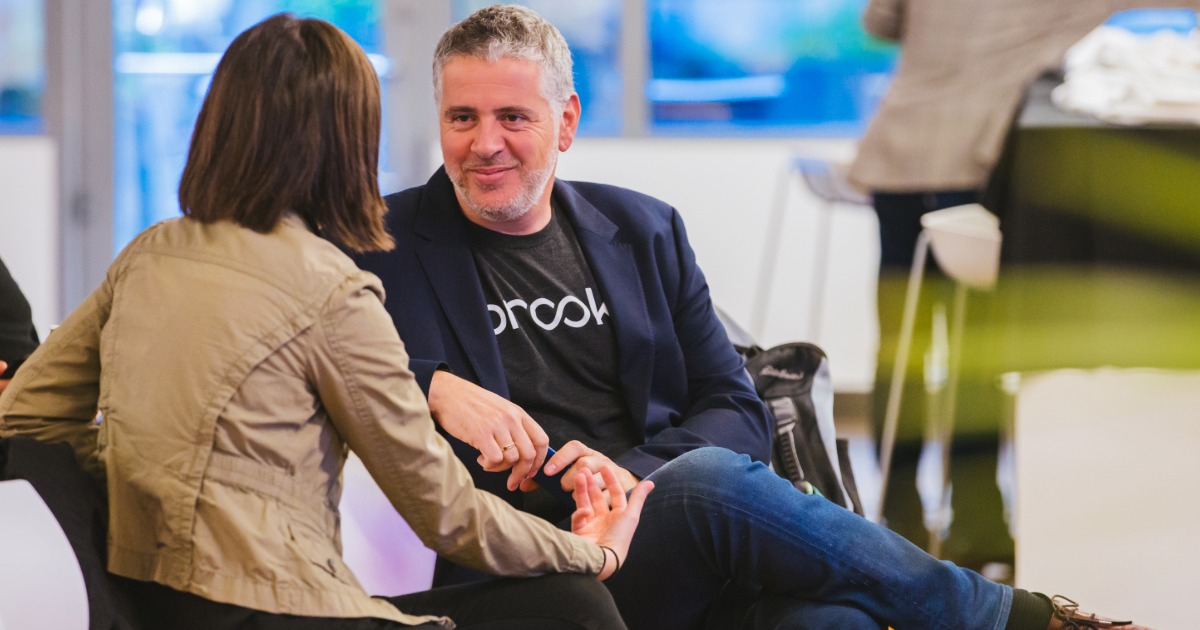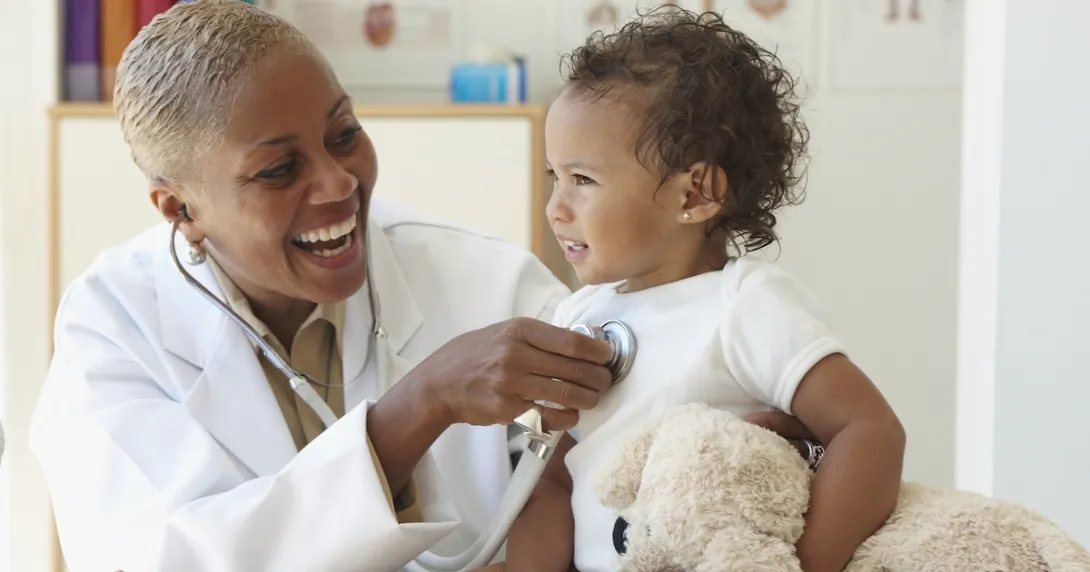Healthcare technology took centre stage at CES 2019, with many health gadgets becoming the focus of attention.
One such technology is Charlie, a fully autonomous medical robot that accompanies hospital patients to provide them with comfort.
The product of New Health Community, a French startup specialising in digital health, Charlie is equipped with multiple applications and connected devices that aim to respond to patients’ questions and anxieties, reduce their stress and connect them directly with medical staff if needed.
By adjusting its functions (via its integrated applications, games and connected objects) to the different needs of each patient, it facilitates the communication process between the patient and its medical team using a video conference application.
Charlie is controlled via a smartphone, tablet or a PC, but it can also be used directly via its 24-inch screen.
The robot also houses in its body a digital tensiometer, oximeter and stethoscope that patients can use, following instructions from Charlie.
The technology adapts to each patient. In the case that a user is visually impaired, it helps the person move around through vocal guidance. For those with hearing disabilities, it gives visual instructions with subtitles (cards, documents, images and videos) to guide them.
In the case of speech disorders or autism, Charlie uses a pictogram application to communicate with the patient. And to help those that are wheelchair-bound, Charlie displays the information on the lower side of the screen to be on their sightseeing level.
New Health Community Founder Dr Nicolas Homehr told HITNA that as an autonomous indoor robot, Charlie was designed to safely get around a hospital with no help required from humans.
“Charlie helps by putting a hierarchy in patient needs. He will save a lot of nurses’ time in running around the service, giving back that one-on-one time that they need with their patients,” he said.
“Charlie facilitates communication, educates the patients and allows self check-ups. By doing this, the robot lowers anxiety for the patients and provides relief and help to the staff.
“Our patients are isolated and stressed, our nurses often overworked and understaffed. We need to help them all. Hospitalisation is, at some point, a part of everyone's life and we need to make this experience more comfortable. Surgeon robots are here but not nurse assistants, this is why we created Charlie.”
VIRTUAL REALITY AS A REMOTE MEDICAL DIAGNOSTIC TOOL FOR SENIORS
An ongoing collaboration between VRHealth and AARP Innovation Lab has resulted in the concept creation of an immersive, 360-degree virtual reality environment that aims to remotely solve the issue of seniors accessing quality healthcare.
The technology lets seniors give their family members or physicians access to healthcare data collected during their virtual reality therapy sessions, which then allows their caregivers to make the necessary changes to the patient’s treatment.
[Read more: Victoria announces cutting-edge robot academy to revolutionise cancer surgery | World’s first cancer app to integrate with an EMR as Australia’s CancerAid links into Cedars-Sinai’s Epic system]
As a patient is engaged on the virtual reality device, they respond to tracking tools that conduct a number of exercises, such as brain health applications, cognitive skills, memory span, pain management techniques and neck exercises.
From these directed activities, data is then collected, analysed and sent across to physicians and caregivers, reducing the need for in-person visits to the doctor.
This technology isn’t a substitute for in-person treatment, but rather, having access to a virtual connection that connects the patient to a healthcare professional may aid in mitigating not only mobility, but also some costs associated with ongoing care.
"Our telehealth platform is a crucial step in the healthcare process because it enables patients to engage in a healthcare routine in the comfort of their own home while providing access to their data directly to their doctors," VRHealth CEO Eran Orr said.
"Any adjustments that need to be made to a patient healthcare regime can be adjusted based on the data in the platform."
Orr also said moving forward, the company is aiming to mitigate issues such as digital privacy considerations and the possibility of misdiagnosis as a result of the medical professional having insufficient inbound data with robust data collection and analysis.
A WEARABLE BLOOD PRESSURE MONITOR
Omron Healthcare has unveiled HeartGuide, a wearable blood pressure monitor, in its mission of “going for zero” heart attacks and strokes.
In what the company calls a global first wearable using oscillometric technology, the device comes as a wristwatch with parts and technology that miniaturise the components for traditional oscillometric measurement and works in the same way that blood pressure cuffs at a doctor's office measure blood pressure.
According to Omron Healthcare, HeartGuide uses an inflatable cuff within the watch band to take a blood pressure reading, a key differentiator from other wearables that rely on sensor technology, which it says only provide blood pressure estimates.
HeartGuide is able to hold up to 100 readings in memory and all data can be transferred to its new corresponding mobile app, HeartAdvisor. HeartAdvisor then uses the data to help patients better understand their condition, build a more productive patient-to-physician dialogue and gain access to real-time heart health coaching.
"Blood pressure isn't static, it's changing constantly throughout the day," Omron Healthcare Executive Director of Business and Technology Jeffrey Ray said.
"We wanted to build a device that allowed people to take it continuously throughout the day to understand how the decisions they make actually impact their blood pressure."
[Read more: 3D printing implants and organs is the new reality | Here’s how new-age technologies will change patient experience]
"More than 80 per cent of heart attacks and strokes are preventable with lifestyle changes. It all begins with regular blood pressure monitoring and achieving better insights into your heart health… This is how Omron is making its mission of ‘going for zero’ a reality,” Omron Healthcare President and CEO Ranndy Kellogg added.
In addition to blood pressure, HeartGuide also has some other functionalities of a smartwatch, including email, call and text notifications, as well as sleep and physical activity levels tracking.


